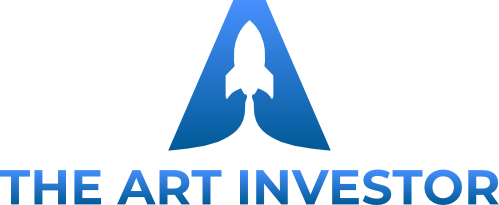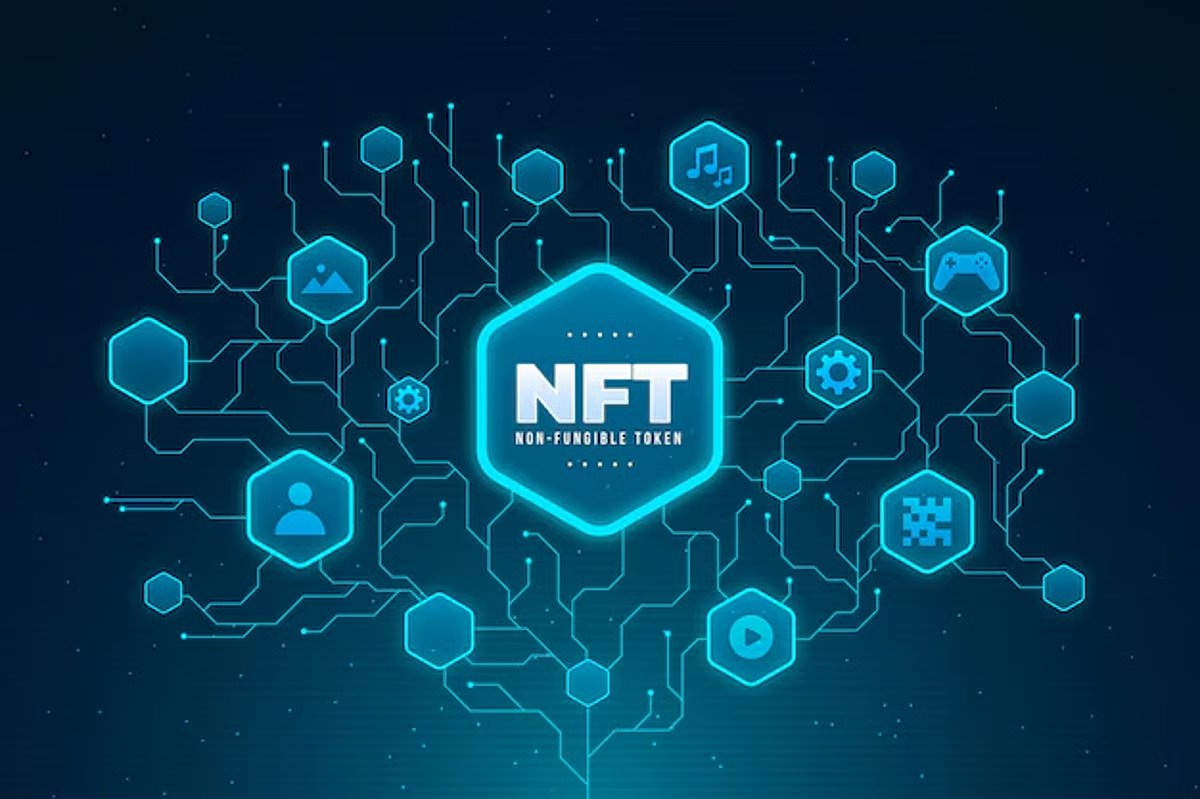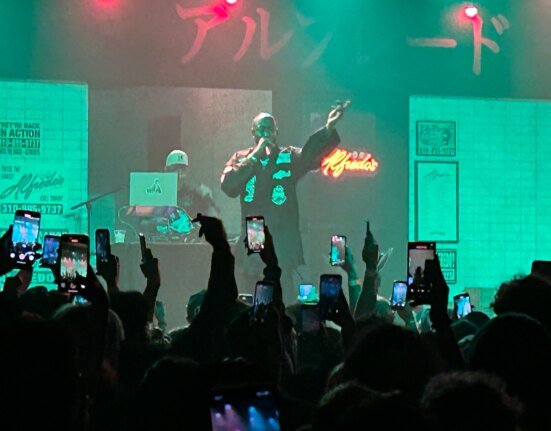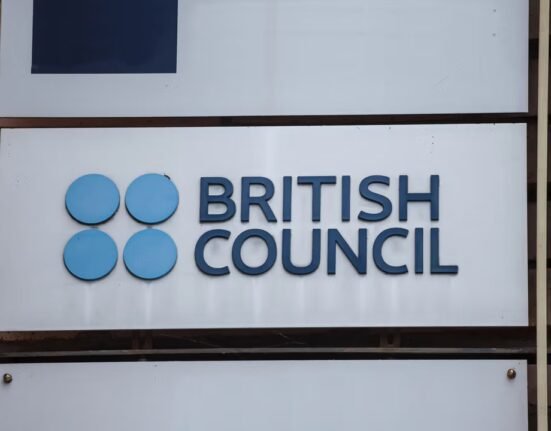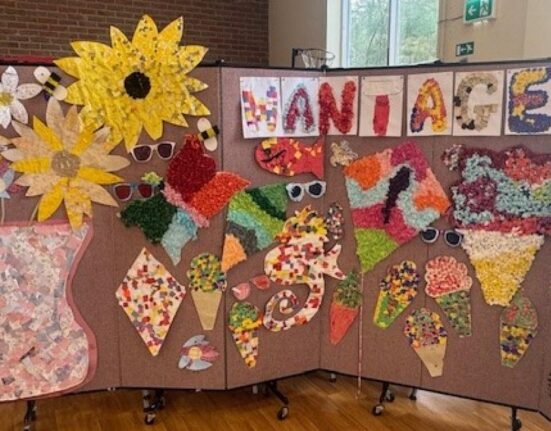Within the rapidly changing world of digital assets, there’s one term that has decidedly captured the imagination of creators, collectors, and investors alike: NFTs, short for Non-Fungible Tokens. From digital art and music to real estate and virtual fashion, NFTs have redefined the boundaries of what ownership can mean in the digital age. But beyond the hype, what actually are NFTs, and how do they relate to Altcoins-the alternative cryptocurrencies that power much of the blockchain ecosystem?
What are NFTs?
NFTs are unique digital assets on the blockchain, a decentralized digital ledger. Unlike typical cryptocurrencies such as Bitcoin or Ethereum-which are fungible, meaning each unit has exactly the same value and can be exchanged one for another-NFTs are non-fungible.
This means that each NFT has distinct characteristics and can’t be interchanged or replicated on a like-for-like basis. For example, one Bitcoin is always equal to another Bitcoin, but one NFT isn’t interchangeable with another, just as an original Picasso painting can’t be called equivalent to any other artwork that may have value.
Each NFT is a unique blockchain entry that forms the basis for ownership, authenticity, and provenance: in other words, the reasons that make digital items scarce and collectible.
How NFTs Work
NFTs at their core are powered by smart contracts, with a majority of them today on the Ethereum blockchain, though other Altcoin networks, such as Solana, Polygon, and Binance Smart Chain also support the creation and trading of NFTs.
Here’s how it generally works:
-
Creation: An artist or creator uploads a digital file-a piece of artwork, a song, a video, or anything else-onto an NFT marketplace. The file is “minted,” also known as turned into an NFT, thanks to a smart contract.
-
Verification: The NFT has a unique identifier recorded on the blockchain; this is never tampered with, so it remains authenticated.
-
Trading: The NFT can be sold, bought, or even traded on blockchain-based marketplaces using cryptocurrencies such as Ethereum or other Altcoins.
-
Royalties: With smart contracts, creators can automatically earn royalties should their NFTs be resold in the future.
A system like that would make ownership, transfers, and royalties transparent and immutable, without middlemen such as galleries or even record labels.
NFTs and Their Relation to Altcoins
The world of NFTs and Altcoins is deeply intertwined. Speaking simply, Altcoins are those cryptocurrencies other than Bitcoin. Many Altcoins work either as platforms for NFTs or as a method of payment in marketplaces dealing in NFTs.
Here is how NFTs depend on Altcoins:
-
Platform Support: Most NFTs are created on numerous Altcoin blockchains such as Ethereum, Solana, Polygon, and Cardano; these offer faster transaction times and lower fees.
-
Payments: One of the most common options sellers and buyers have to trade their NFTs with includes Altcoins. For example, ETH or Ethereum’s Altcoin is one of the most common currencies in NFT trades.
-
Innovation: Most altcoins introduce new technologies, such as reduced energy consumption or cross-chain compatibility, to the NFT space.
In short, Altcoins are serving as the foundation and fuel of the NFT ecosystem for rapid innovation and increased access to digital ownership in a decentralized manner.
Why NFTs Matter
While much attention focuses on digital collectibles and avatars, the more important role of NFTs is in reinventing how ownership works in the digital economy. Here’s how:
-
Proof of Ownership: NFTs verify digital ownership in a world where online content can be copied or shared with just a click.
-
Direct-to-consumer: Artists, musicians, and writers can sell directly to their audience, bypassing the intermediaries.
-
New Economic Models: NFTs allow micro-economies around gaming, art, and entertainment, whereby Altcoin ecosystems mostly support them.
-
Interoperability: NFTs can exist in many different Altcoin platforms; hence, the digital assets can be seamlessly transferred among different applications and games.
-
Long-term Value: NFTs are capable of appreciating in value, unlike classic digital goods, making them a completely new class of digital investments.
Real-World Applications of NFTs
NFTs have moved way beyond art and into transforming industries across sectors:
-
Digital Art: Artists are able to sell digital creations using Altcoins on platforms such as OpenSea and Rarible.
-
NFT Gaming-Blockchain-based games use NFTs to represent weapons, skins, or any virtual land that a player truly owns.
-
Music can include artists releasing albums or other exclusive material as NFTs, creating unique experiences for their fans.
-
Virtual Real Estate: Users invest in land on metaverse platforms like Decentraland or The Sandbox through Altcoins and build virtual businesses on it.
-
Ticketing and Memberships: NFTs these days can be used as digital entry or access tickets to events, which guarantee authenticity and eliminate the possibility of fraud.
The Challenges and Criticisms
Despite their bright perspectives, NFTs do have some disadvantages:
-
Market Volatility: Similar to Altcoins, NFTs could be very volatile in price.
-
Environmental Impact: Some marketplaces for NFTs consume a high quantity of energy, especially those based on proof-of-work blockchains.
-
Speculation: The NFT market has gained notoriety for its proclivity toward becoming an arena of hype-driven trading, wherein value is more in sync with trends rather than utility.
-
Intellectual Property Issues: Digital content is still misused without clear ownership rights.
It is only lately that these challenges are being addressed with the rise of energy-efficient Altcoins and regulatory clarity.
The Future of NFTs and Altcoins
The future, indeed, looks bright for NFTs, in which Altcoins will continue to play a major role. Some of the emerging trends that one can look out for are as follows:
-
Cross-Chain Integration: It makes the NFTs interoperable between a variety of Altcoin networks.
-
AI-Generated NFTs: Unique pieces of digital art, music, and experiences created by artificial intelligence.
-
Real-World Tokenization: Tangible assets like property and luxury items will be attached with an NFT in order to connect the digital and real world.
-
Mainstream Adoption: Major brands and entertainment companies are already deep into exploring NFT-based loyalty programs and experiences.
As the maturity of the ecosystem keeps widening, so does the partnership between NFTs and Altcoins in innovating and redefining what ownership, creativity, and value look like in the digital world.
Frequently Asked Questions (FAQs)
1. How are NFTs different from cryptocurrencies like Bitcoin?
While cryptocurrencies like Bitcoin or Ethereum are fungible in nature-a concept indicating that each unit is the same-NFTs represent unique assets.
2. Can NFTs be bought with any Altcoin?
Yes, many NFT marketplaces do support altcoins such as Ethereum, Solana, and Polygon. However, their availability would depend upon the blockchain of the platform.
3. Are NFTs only about digital art?
NFTs can represent music, videos, virtual real estate, gaming items, and even ownership of tangible, real-world assets.
4. How do creators make money through NFTs?
The creators earn by selling their NFTs and can also automatically receive royalties each time their NFT is resold on a marketplace.
5. Are NFTs a good investment?
NFTs can be profitable but are highly speculative. Like Altcoins, their value depends on demand, rarity, and market trends.
6. What is the role of Altcoins in NFT trading?
Altcoins provide infrastructure and currency for NFT transactions, thus making them integral in creating, exchanging, and shaping NFTs.
Conclusion
NFTs have changed the face of the digital economy by giving creators control, investors new opportunities, and users actual ownership of virtual assets. Fueled by the diverse, ever-changing world of Altcoins,
NFTs are a symbol of the combination of technology, art, and finance in this blockchain era. Both NFTs and Altcoins evolve with each passing day, promising to reshape not only how we will buy and sell but also how we define ownership itself in the digital future.
